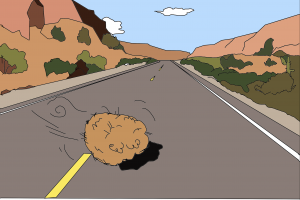If you are back here reading, you might be wondering about my obsession for fantastic eggs (and where to find them!). So let me tell you a bit more about my project…
We all know what happens after a sperm fertilises an egg (and “the miracle of life begins”) don’t we? One cell (the egg) divides into two cells, then those two divide again to form a four cell embryo. Then each of the four divides again … and they go on like this for as long as it takes (sometimes 9 months).
Now, some animals, like us, are direct developers. This means we don’t metamorphose into adults… even though some of us go through some pretty funky phases! Other animals (like bees, sea urchins or snails) go through a larval stage. This process is very common among marine invertebrates. It allows sedentary (or very slow) animals to travel long distances as larvae and colonise new places.
Whilst travelling the ocean these larvae will need most things adults have. A mouth to feed themselves, sensory organs to feel and so on. They might also need something to swim around (which the adult lacks) such as multiple bands of cilia around their bodies.
The interesting part is that animals that look VERY different as adults (like a snail and flatworm) can look fairly similar during their larval stage. So the question is, do they look similar because they are related? Or is it because there are only so many ways of making a successful marine larva?
To answer this question I am going to take a look inside these larvae at the cells that form them. I hope to find out what cell types does a larva have, and how similar the “same” cell type looks across different species. Hopefully this will help us trace back what the ancestor of snails and flatworms looked like and how different cell types evolve.



Recent Comments